State Performance Plan 2005-2012 - Part B - Arkansas Department Of Education Page 235
ADVERTISEMENT
 1
1  2
2  3
3  4
4  5
5  6
6  7
7  8
8  9
9  10
10  11
11  12
12  13
13  14
14  15
15  16
16  17
17  18
18  19
19  20
20  21
21  22
22  23
23  24
24  25
25  26
26  27
27  28
28  29
29  30
30  31
31  32
32  33
33  34
34  35
35  36
36  37
37  38
38  39
39  40
40  41
41  42
42  43
43  44
44  45
45  46
46  47
47  48
48  49
49  50
50  51
51  52
52  53
53  54
54  55
55  56
56  57
57  58
58  59
59  60
60  61
61  62
62  63
63  64
64  65
65  66
66  67
67  68
68  69
69  70
70  71
71  72
72  73
73  74
74  75
75  76
76  77
77  78
78  79
79  80
80  81
81  82
82  83
83  84
84  85
85  86
86  87
87  88
88  89
89  90
90  91
91  92
92  93
93  94
94  95
95  96
96  97
97  98
98  99
99  100
100  101
101  102
102  103
103  104
104  105
105  106
106  107
107  108
108  109
109  110
110  111
111  112
112  113
113  114
114  115
115  116
116  117
117  118
118  119
119  120
120  121
121  122
122  123
123  124
124  125
125  126
126  127
127  128
128  129
129  130
130  131
131  132
132  133
133  134
134  135
135  136
136  137
137  138
138  139
139  140
140  141
141  142
142  143
143  144
144  145
145  146
146  147
147  148
148  149
149  150
150  151
151  152
152  153
153  154
154  155
155 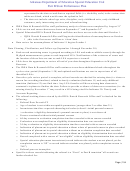 156
156  157
157 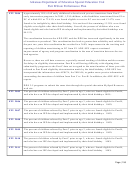 158
158  159
159  160
160  161
161  162
162  163
163 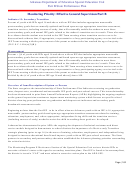 164
164  165
165  166
166  167
167  168
168 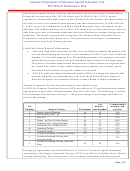 169
169  170
170  171
171  172
172  173
173  174
174 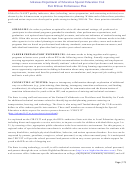 175
175  176
176 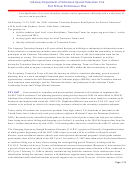 177
177  178
178 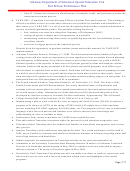 179
179  180
180  181
181  182
182  183
183  184
184 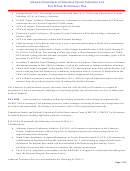 185
185  186
186  187
187  188
188  189
189  190
190  191
191  192
192 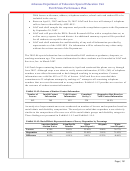 193
193  194
194  195
195 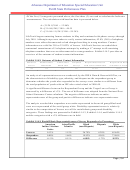 196
196  197
197 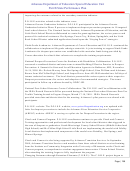 198
198  199
199  200
200  201
201  202
202  203
203  204
204 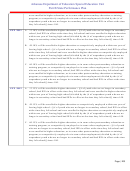 205
205  206
206  207
207  208
208 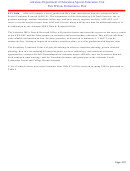 209
209  210
210  211
211 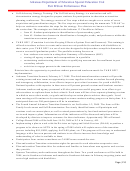 212
212  213
213  214
214  215
215 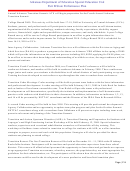 216
216  217
217  218
218  219
219 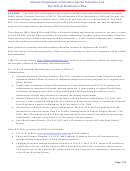 220
220  221
221  222
222  223
223  224
224  225
225 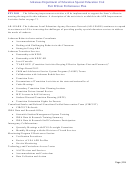 226
226  227
227  228
228 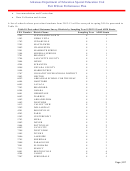 229
229  230
230  231
231  232
232  233
233  234
234  235
235  236
236  237
237  238
238  239
239 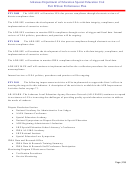 240
240 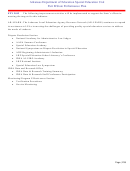 241
241 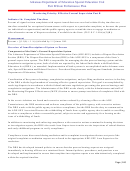 242
242  243
243  244
244  245
245  246
246  247
247  248
248 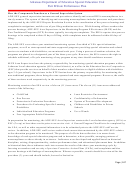 249
249  250
250  251
251  252
252  253
253  254
254  255
255 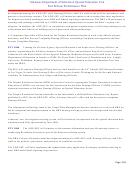 256
256  257
257  258
258  259
259  260
260  261
261 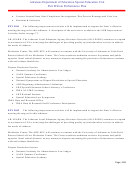 262
262  263
263  264
264 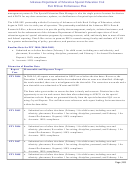 265
265  266
266  267
267  268
268  269
269  270
270  271
271  272
272 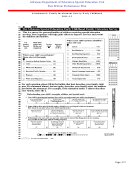 273
273  274
274 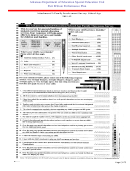 275
275  276
276 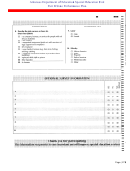 277
277 Arkansas Department of Education Special Education Unit
Part B State Performance Plan
programs are placed in a designated year of the three-year cycle. However, the SEA reserves the right to
schedule additional, off-cycle monitoring of any program at any time should conditions warrant.
M/PE Area Supervisors have the primary responsibility for monitoring special education programs within
Arkansas Local education agencies (LEA; school district), as well as in the Education Service Cooperatives
(ESC) that provide services on behalf of their member school districts to eligible children with disabilities
ages 3-5 (pre-school). Supervisors in the NTP Section have the primary responsibility for monitoring the
non-traditional programs, those being the state-operated and state-supported programs. However, the staffs
of these sections work cooperatively in the monitoring process.
Monitoring consists of an SEA review of eleven (11) issue areas. The eleven (11) issue areas addressed
consist of the following:
• Child Find
• Least Restrictive Environment
• Due Process
• Confidentiality of Information
• Protection in Evaluation Procedures
• System of Personnel Development
• Procedures for Evaluating Specific Learning
• Children with Disabilities in Private
Disabilities
Schools
• Individualized Education Programs
• Use of Funds
• Free Appropriate Public Education
In preparation for monitoring, the ADE-SEU Area Supervisor contacts the Local education agency (LEA) or
ESC (Co-op) at least three weeks prior to an on-site visit. A General Program Checklist to be completed by
the LEA, as well as other requested information is to be submitted prior to the ADE-SEU staff on-site
review. In addition, ADE-SEU staff review archival and current data maintained by the ADE-SEU relative
to the education program to be monitored. The purpose of off-site data collection is to assure basic
knowledge of each special education program and to determine, where possible, emerging patterns of
noncompliance or those already in existence. Indicators were developed and applied based on historical
discipline, exiting, disproportionality, student performance data, and educational placement data. In addition
to historical data, these indicators took into account the results of the three-year monitoring cycle by
focusing on numbers and severity of previous Corrective Action Plans (CAPs), and complaints and due
process hearings with findings of noncompliance. Whenever possible, records should be reviewed for the
past three (3) years and should include, but not be limited to:
1. Child Count records/Disabling Conditions/
9. ACSIP (Arkansas Comprehensive School
Placements (LRE)
Improvement Plan)
2. LEA Special Education Budget
10. Hearings and Investigations
3. LEA Annual Financial Report (AFR)
11. Surrogate parent program data
4. Previous visitation letters
12. AYP (Adequate Yearly Progress) status
5. Previous monitoring reports
13. Statewide Assessment data
6. Annual Statistical Report
14. IDEA indicators data
a) District Profile
15. IDEA “trigger” data
b) Indicator Report
16. IDEA determination status
c) Program Approval
17. Residential Treatment Facility
7. Extended Year Services data
Reimbursement, if applicable
8. Non-bonded debt
Page | 233
ADVERTISEMENT
0 votes
Related Articles
Related forms
Related Categories
Parent category: Legal









